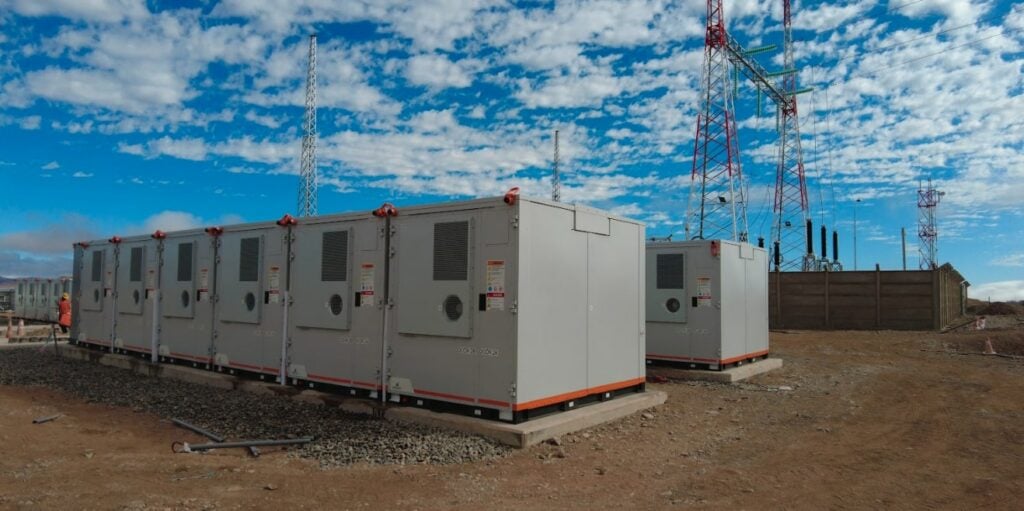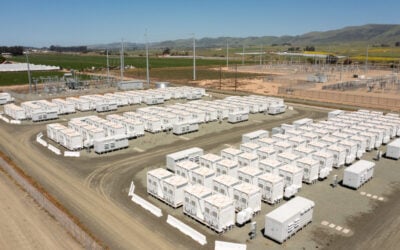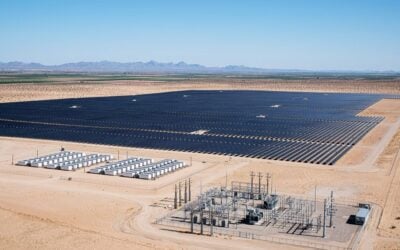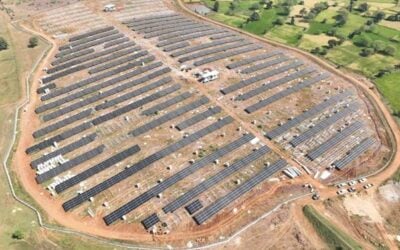
More and more Authorities Having Jurisdiction (AHJ) over where energy storage systems get built are requiring battery storage projects to have active means of protection against potential explosion.
That was the view of Chris Groves, a product manager at battery energy storage system (BESS) manufacturer and system integrator Wärtsilä Energy. Groves said that the stance of AHJs means it will likely become increasingly difficult to install large-scale BESS equipped only with passive protection equipment.
Enjoy 12 months of exclusive analysis
- Regular insight and analysis of the industry’s biggest developments
- In-depth interviews with the industry’s leading figures
- Annual digital subscription to the PV Tech Power journal
- Discounts on Solar Media’s portfolio of events, in-person and virtual
Particularly in the US, AHJs are among the most important community stakeholders in the energy storage development process. As defined by the US National Fire Protection Association (NFPA), AHJs are responsible for enforcing requirements of a code or standard, as well as approving equipment, materials, an installation or procedure.
Already adopted by many AHJs is the requirement to meet NFPA 855, which is the Standard for the Installation of Stationary Energy Storage Systems. The standard aims to mitigate the hazards associated with energy storage systems.
NFPA 855, Groves said, allows for two different means of protection from explosion. Passive protection means a deflagration panel set on the BESS unit’s roof, which opens once a set pressure is reached in a deflagration event, relieving the pressure in a safe manner. This is defined by the standard NFPA 68.
Meanwhile active protection, defined by the standard NFPA 69, means equipment installed in the unit can vent gases before it gets to an explosive limit. As reported by Energy-Storage.news in June, Wärtsilä’s GridSolv Quantum large-scale BESS product was recently tested and certified to NFPA69.
GridSolv Quantum’s enclosure features a filter fan assembly on the front side, drawing air through the enclosure and exhausting it out the other side. After trying out a number of fans from different manufacturers and putting the equipment through “real world” testing, Wärtsilä settled on a make and design that maintained the concentration of explosive gases at below the required 25% limit.
“We used actual battery gas mixture to represent an actual battery cell, we released it at its peak release rate during UL9540A testing, and proved the average concentrations remain below 25% or better in the enclosure,” Groves said.
“This isn’t required by the code, but it’s something we wanted to do to validate our design and give peace of mind to customers and AHJs.”
Anyone familiar with the energy storage sector will be aware of new stories about opposition to new battery projects by local communities around the world, often motivated by perceived fears over their safety.
While fires and explosions are rare at large-scale BESS installations, and local opposition is often guided by mistaken or limited understanding of the layers of safety mechanisms inside a BESS container unit, those concerns need to be taken seriously by the industry.
Wärtsilä has been vocal recently about taking its BESS safety testing beyond the limits required by standards and conducting “worst case scenario” tests. On its NFPA69 compliance, Groves said the company is trying “to calm the nerves in the industry”.
“Our system has always had this ventilation option, but we haven’t claimed NFPA69 compliance [until now]. What we’re seeing more and more from the AHJs is, they don’t like just a passive means of protection. They don’t like the fact that you could build up to this explosive limit and then they’re at risk if there is anybody nearby the enclosures, first responders, and if there was a deflagration event, somebody could potentially be injured,” Groves said.
Automatically venting gas detected by sensors inside the enclosure helps ensure the safety of first responders such as fire crews, while Wärtsilä also allows AHJs to programme the system where the AHJ can remotely purge the gases themselves from a safe distance.






